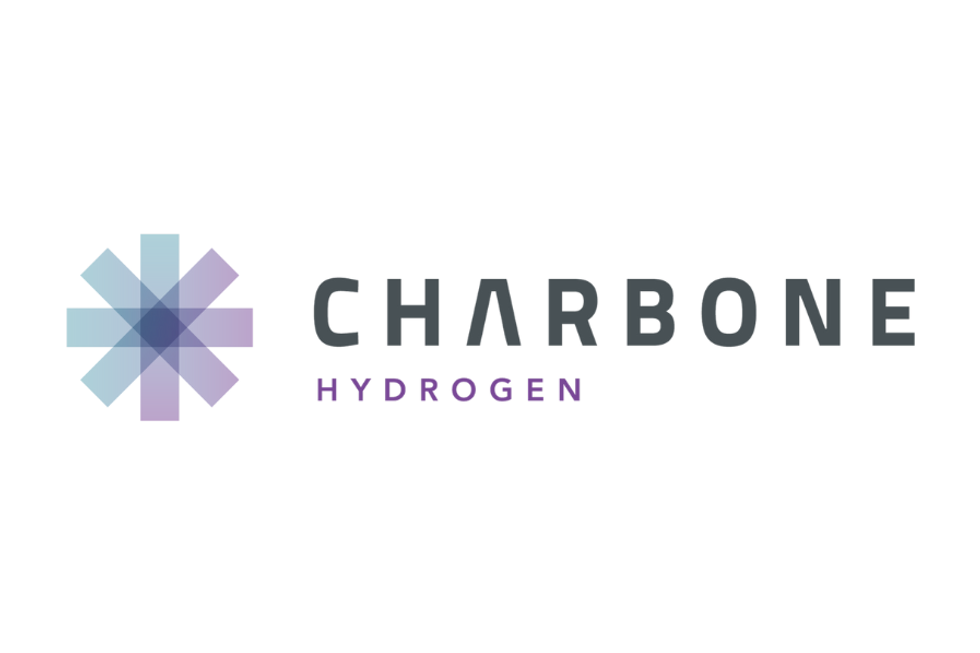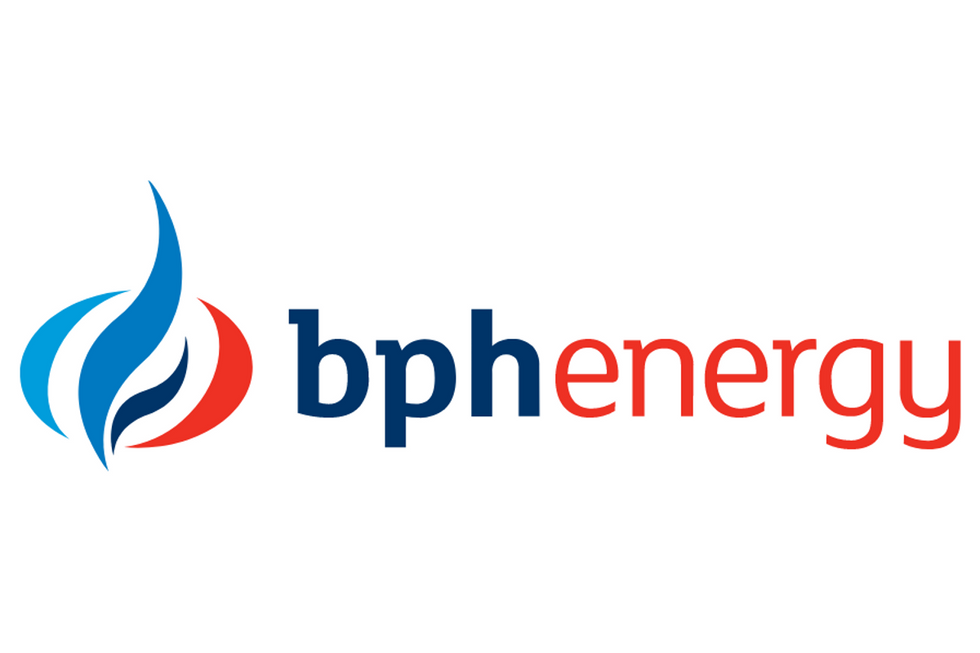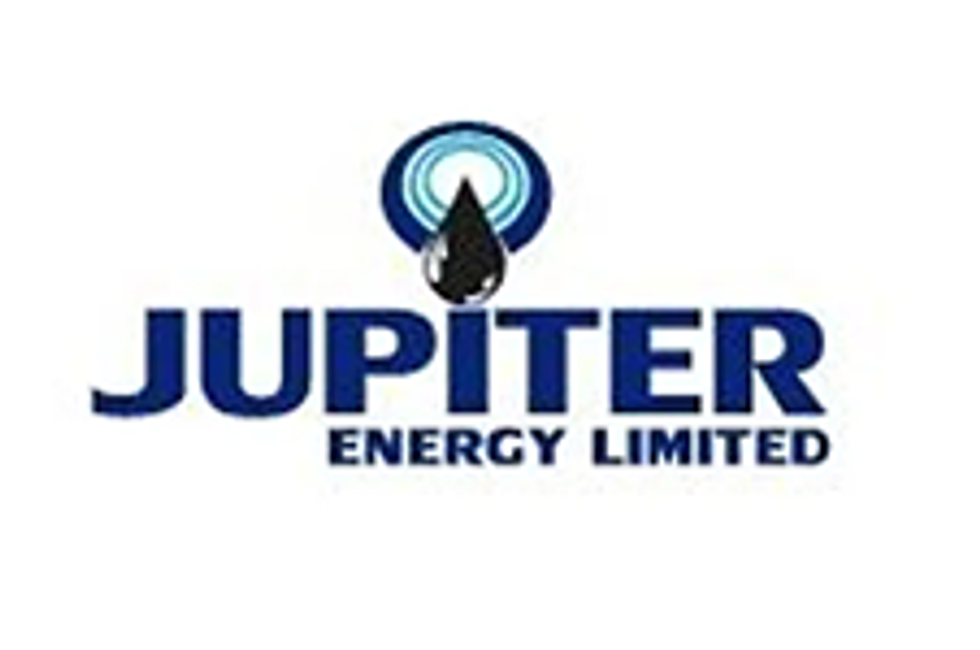
A look at the differences between conventional crude oil and bitumen; heavy and light oil; and conventional and unconventional oil deposits.
While most people are familiar with oil and petroleum, those that aren’t well versed in the oil space may find terms like light, medium and heavy oil confusing and hard to differentiate. What’s more, there are also both conventional and unconventional oil deposits.
With that in mind, the Investing News Network has broken down the different types of oil and oil deposits to give investors a better understanding of what they are and how they differ.
Conventional crude oil vs. bitumen
Conventional crude oil is a fossil fuel that is made up of a mixture of hydrocarbons, is light in density and flows freely. It includes light, medium and heavy crude oils. The majority of the world’s oil is conventional.
By contrast, bitumen is a denser oil that must be either heated or diluted before it flows and contains more carbon than hydrogen. Bitumen also contains more impurities than conventional crude, including nitrogen, sulfur and heavy metals.
Conventional vs. unconventional oil deposits
Conventional oil deposits are the most desirable because they contain oil in liquid form, which is easier to extract, as well as transportable and possible to refine.
Unconventional oil comes in different forms that are more difficult to extract as they are either located in deep waters or in shale oil, a fine-grained sedimentary rock that contains kerogen, a type of organic matter that yields oil and gas. Deposits of shale oil are found all around the world, but the US, China, Russia, Argentina and Libya are known for having very large oil deposits.
Heavy oil vs. light oil
As mentioned, conventional crude oil is classified as either light, medium or heavy; rankings are based on American Petroleum Institute (API) gravity measurements. Light crude is liquid at room temperature and generally exceeds an API gravity of 38 degrees. Heavy oil, on the other hand, has an API gravity that is 22 degrees or lower, while medium or intermediate crudes fall in between the two.
Heavy oil has a high viscosity , meaning that it flows very slowly and is produced at a lower rate than light oil. Meanwhile, light oil has a lower viscosity and receives a higher price than heavy oil as it produces a higher percentage of gasoline and diesel fuel when it is converted at oil refineries.
What’s more, waterflooding cannot be used for heavy oil wells due to the viscosity contrast between heavy oil and water. In terms of hydrogen content, heavy oil is depleted in hydrogen, and fewer refined products are derived from heavy oil. Refining heavy oil requires more advanced technologies to remove impurities and contaminants, often leaving a more negative impact on the environment.
Securities Disclosure: I, Kristen Moran, hold no direct investment interest in any company mentioned in this article.
Related reading:





